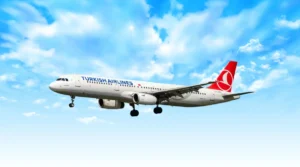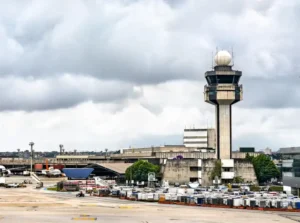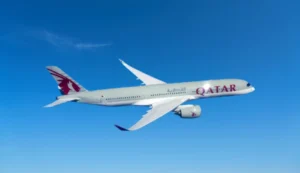NTSB Urges Action on Boeing 737 Rudder Safety Following Newark Incident
The NTSB has called for urgent safety measures on some Boeing 737 aircraft after an incident involving a jammed rudder control. Affected components have been removed, and the FAA is reviewing further actions to ensure safety.

Photo Source: The Daily Beast
The National Transportation Safety Board (NTSB) has issued an urgent safety recommendation regarding potential rudder control issues on certain Boeing 737 aircraft, following an incident earlier this year involving a United Airlines flight at Newark Airport.
In February, a United Airlines Boeing 737 MAX 8 experienced a problem where its rudder pedals were “stuck” in the neutral position during landing. Fortunately, none of the 161 passengers and crew members on board were injured.
United Airlines stated that the affected rudder control parts, which were installed on only nine of its aircraft, have already been removed. These components were originally built for other airlines and included in some 737 MAX and older 737 NG planes with an optional landing system.
The NTSB’s recommendations include alerting flight crews to the possibility of a rudder control system jam caused by moisture freezing within the actuators and advising on appropriate responses in such scenarios. The NTSB also called for Boeing to review the situation and provide updated guidance.
Additionally, the Federal Aviation Administration (FAA) will convene a corrective action review board to assess the NTSB’s recommendations and consider further actions, such as removing certain actuators from service or notifying international regulators.
The actuators in question were produced by Collins Aerospace and have been found to contain incorrectly assembled bearings. Over 353 units delivered to Boeing since 2017 may be affected by this issue. Boeing, in response, is working with its supplier to develop further guidance and ensure the safety of its aircraft.






